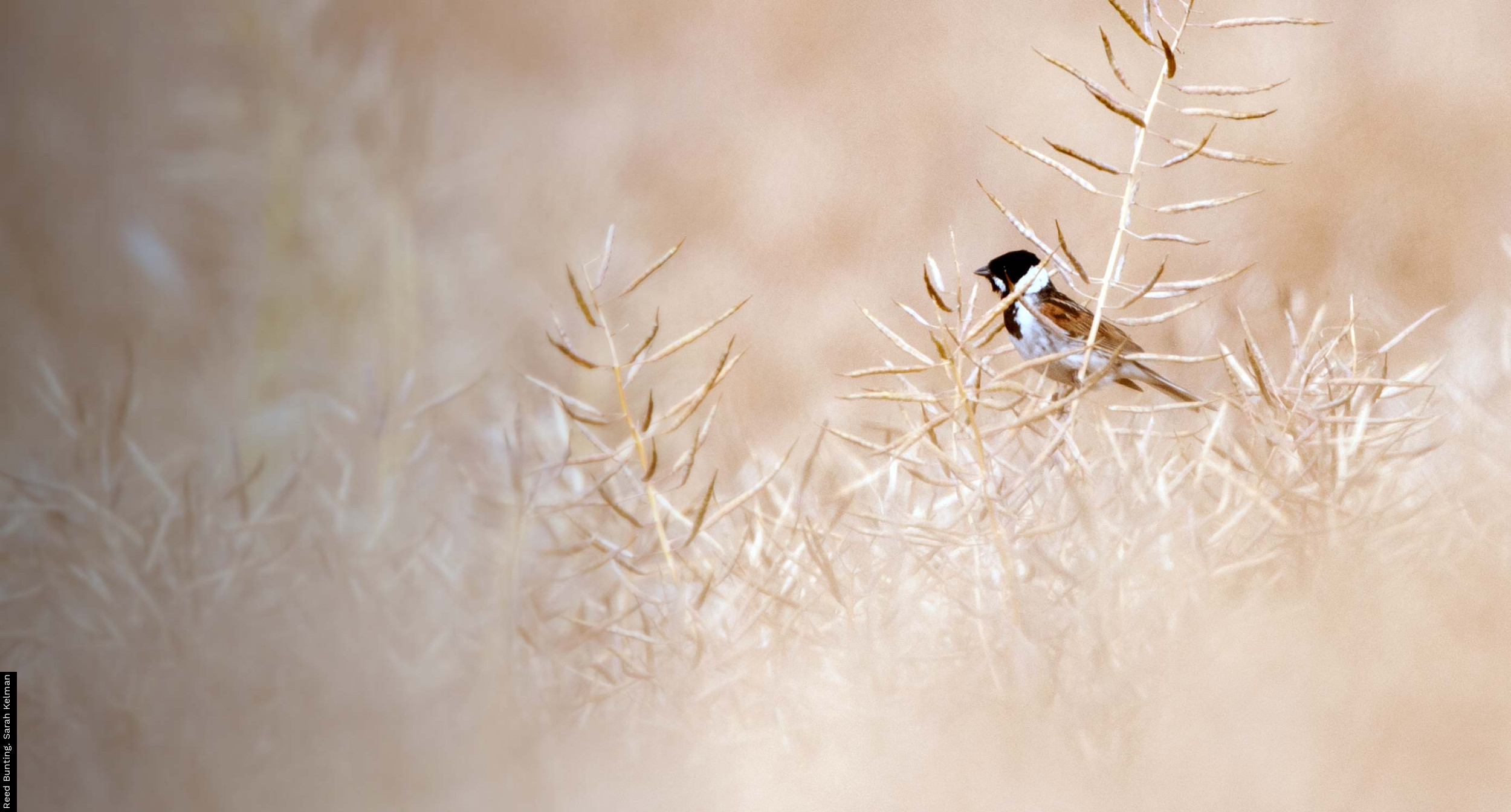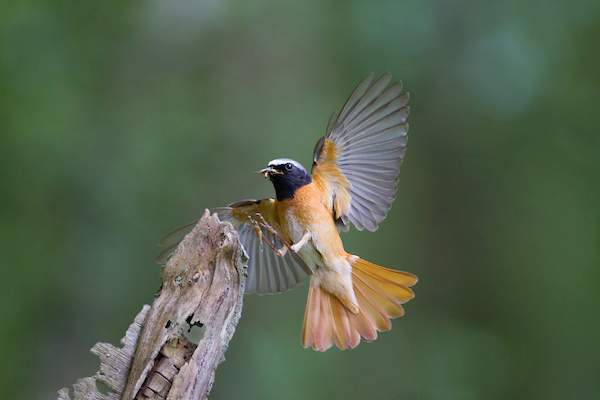Data from the Nest Record Scheme provide strong evidence of shifts towards earlier laying in a range of species, linked to climatic change. We have now identified 40 species that, on average, are laying between three and 21 days earlier, on average, than in the mid 1960s.
The species now laying earlier in the year represent a wide range of taxonomic and ecological groups, including raptors (Kestrel – 10 days), waders (Oystercatcher – 3 days), migrant insectivores (e.g. Pied Flycatcher – 10 days, Swallow – 12 days), resident insectivores (e.g. Robin – 10 days, Great Tit – 10 days), corvids (e.g. Magpie – 20 days) and resident seed-eaters (e.g. Greenfinch – 21 days).
For some species these shifts towards earlier laying may be insufficient to match seasonal advances in the peaks of food availability. Recent research has shown that significantly stronger phenological responses to climate change are displayed at lower trophic levels (such as the food birds eat) than at higher levels (such as the birds themselves), increasing the potential for disjunction and resulting productivity declines. However, the evidence for for a population-level effect of reduction in breeding success is mixed and more research is needed to determine the extent to which declines in abundance will result.
Only four species demonstrate a significant delay in average laying dates, of between one and 21 days: Woodpigeon, Barn Owl, Blackbird and Yellowhammer (taxonomic order). All of these species initiate multiple breeding attempts per season and there is increasing evidence that species which are less reliant on seasonal peaks in resource availability may be able to extend their breeding seasons further into the summer, resulting in a later mean value for laying date.
This report should be cited as: Woodward, I.D., Massimino, D., Hammond, M.J., Harris, S.J., Leech, D.I., Noble, D.G., Walker, R.H., Barimore, C., Dadam, D., Eglington, S.M., Marchant, J.H., Sullivan, M.J.P., Baillie, S.R. & Robinson, R.A. (2019) BirdTrends 2019: trends in numbers, breeding success and survival for UK breeding birds. BTO Research Report 722. BTO, Thetford. www.bto.org/birdtrends






Share this page